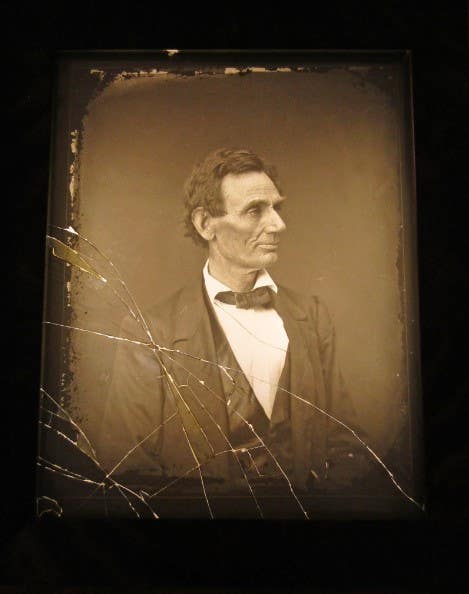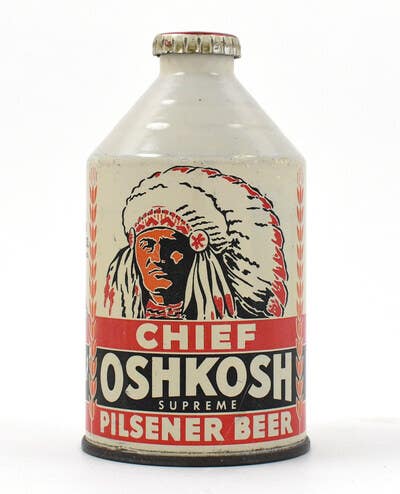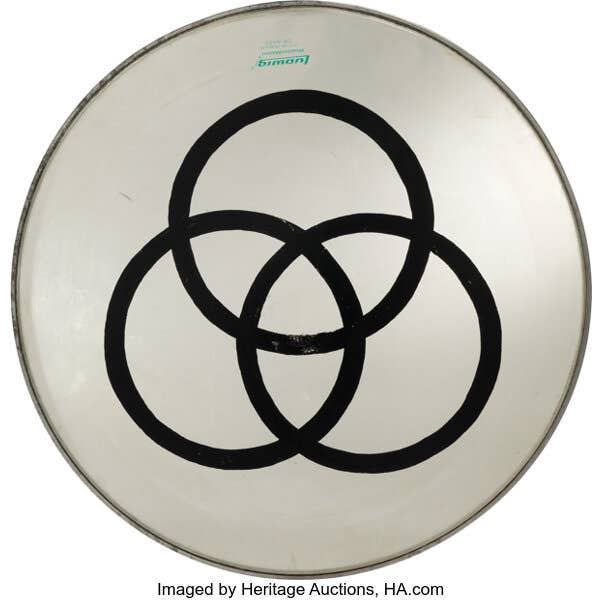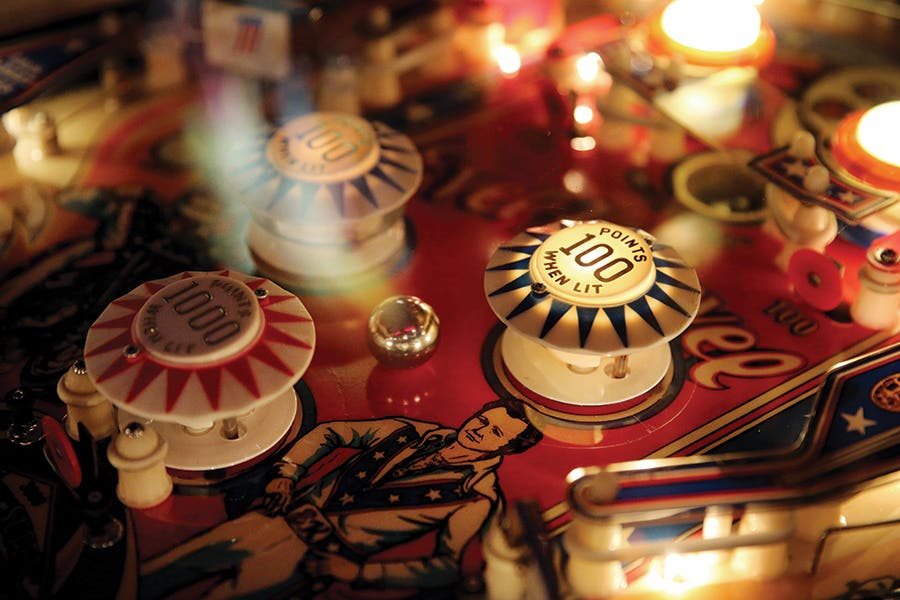Ten Things You Didn’t Know: World War I
With July 28, 2014 marking 100 years since the start of the start of World War I, Antique Trader has gathered together an engrossing list of historical, political and collectible details related to the “War to End All Wars.”
Did you know that the practice of planting victory gardens (very popular during World War II) was actually in use during the World War I not only by the U.S., but Canada and Germany as well? That's just one of 10 fascinating facts you'll learn in this Ten Things You Didn't Know column, recognizing the 100th anniversary of the start of World War I.
1Historians have referred to the series of events leading up to World War I as explosive, controversial and complex. One key event in the prewar time line was the assassination of Archduke Franz Ferdinand, heir to the Austro-Hungarian throne, and his wife, Sophie, Duchess of Hohenberg, in June 1914. The assassination was reportedly committed by a member of a Serbian nationalist society. This is said to have been the spark that lit the political powder keg that had been mounting for some time.
2 In the weeks that followed Archduke Ferdinand’s assassination, there was much dialogue between countries with alliances to Serbia and Austria-Hungary. An ultimatum was issued and war was declared on Serbia by Austria-Hungary on July 28, 1914. In the weeks, months and years after, more than 10 countries with ties and treaties with the parties became involved in the war. In the case of Italy and the United States, they ended up having to enter the war in 1915 and 1917, respectively, after originally declaring neutrality.
3 More than 35 million civilians and soldiers suffered injuries during the war, and more than 15 million (nearly 10 million soldiers) died.
4 In an effort to ease the demand for food during the war, citizens of the U.S., U.K., Canada and Germany were encouraged to plant victory gardens (also known as war gardens). In the U.S., more than 20 million people participated. This was also utilized during World War II. In July 2011, a set of four chromolithographs (including three produced during WWI) promoting victory gardens sold for $1,080 during an auction offered by Brunk Auctions.
5 A group of American telephone operators from then Bell Telephone Co. served an important role in World War I. The “Hello Girls,” as they were affectionately referred to by troops, were switchboard operators who spoke English and French, and sworn into the U.S. Army Signal Corps, at the request of Gen. Pershing, to provide valuable and reliable communications during the war.
After their service the “Hello Girls” applied for honorable discharges, but were denied, and told that Army regulations stated that only “males” could be sworn in. After nearly five decades of efforts to receive honorable discharges, much of which was led by “Hello Girl” Merle Egan Anderson, Congress passed a bill which recognized their service as members of the U.S. Army. In 1978, when the bill was signed into law, each of the 70 still-living “Hello Girls” was presented with her honorable discharge from a U.S. Army general.
6 A grouping of World War I memorabilia of Lt. John H. Wilson, U.S. WWI 94th Squadron Observer and parachute pioneer, sold for $8,437 during a 2012 auction offered by Mohawk Arms Inc. The lot consisted of insignias, photographs and a dress sword.
7 The two primary factions of the war were The Central Powers: Austria-Hungary, Bulgaria, Germany and Ottoman Empire (now Turkey), and The Allied Powers: Belgium, France, Great Britain, Greece, Italy, Montenegro, Portugal, Romania, Russia, Serbia and the United States.
8 In January 2014, a seldom-seen WWI Webley-Fosbery Model 1914 .455 Cordite automatic revolver fetched $18,000 during an auction presented by Morphy Auctions.
9The United States has had a memorial honoring those who served in World War I since 1926. Located in Kansas City, Missouri, the Liberty Memorial came to fruition through the efforts of Kansas City citizens. After closing in 1994 due to safety concerns, the community’s citizens approved a limited-run sales tax to support the restoration. The National World War I Museum at Liberty Memorial reopened in 2006.
10 World War I has also been referred to as the Great War, the World War, the War of the Nations and the War to End All Wars.
Sources: www.firstworldwar.com, RandomHistory.com
(World War I: 1914-1918 — Wars Day by Day by Jason Turner, www.worldwar1.com (The History of a Hello Girl, by Michelle Christides), www.cnn.com, World War I (Chronicles of America’s Wars) by Ruth Tenzer.








